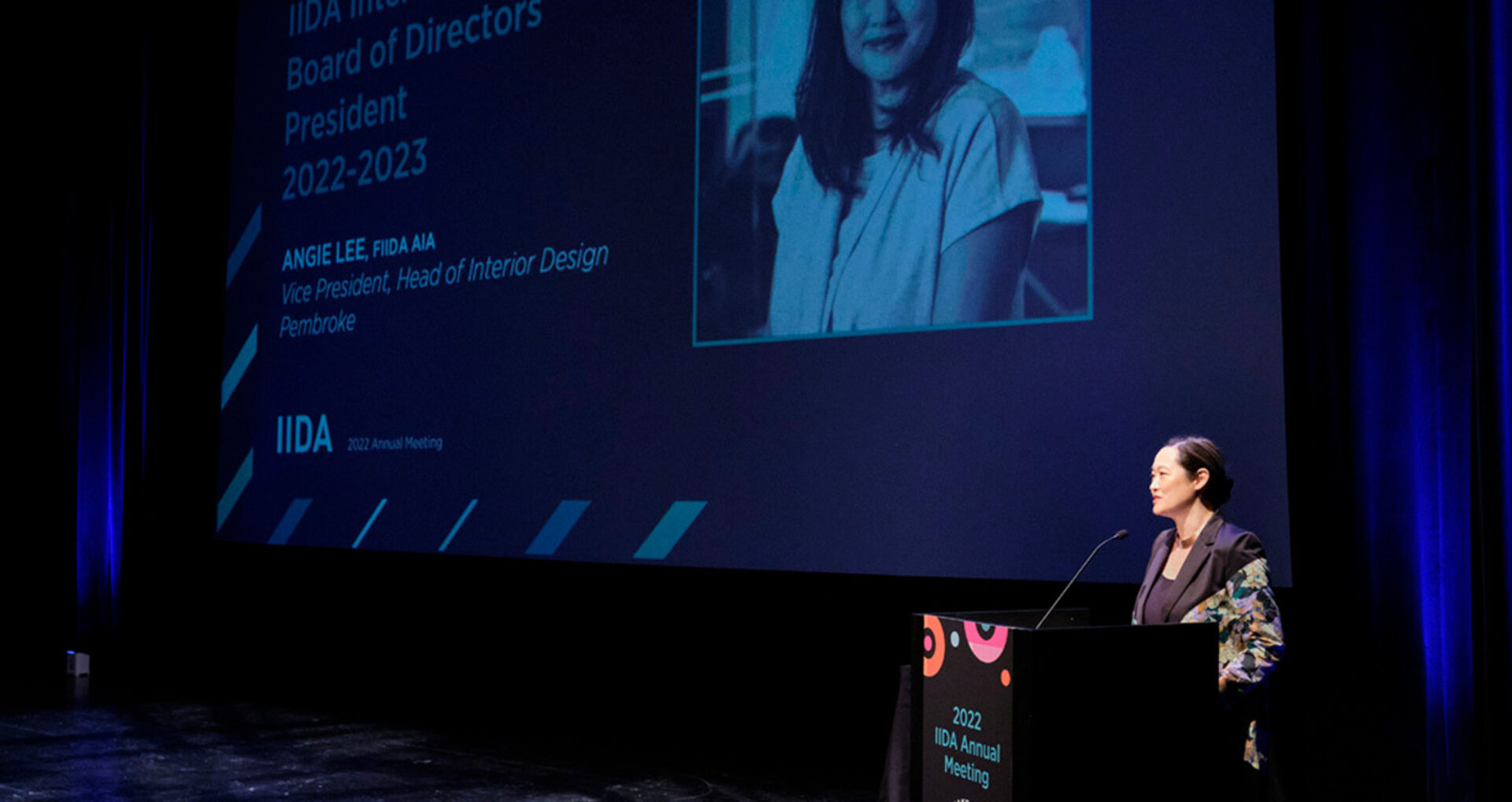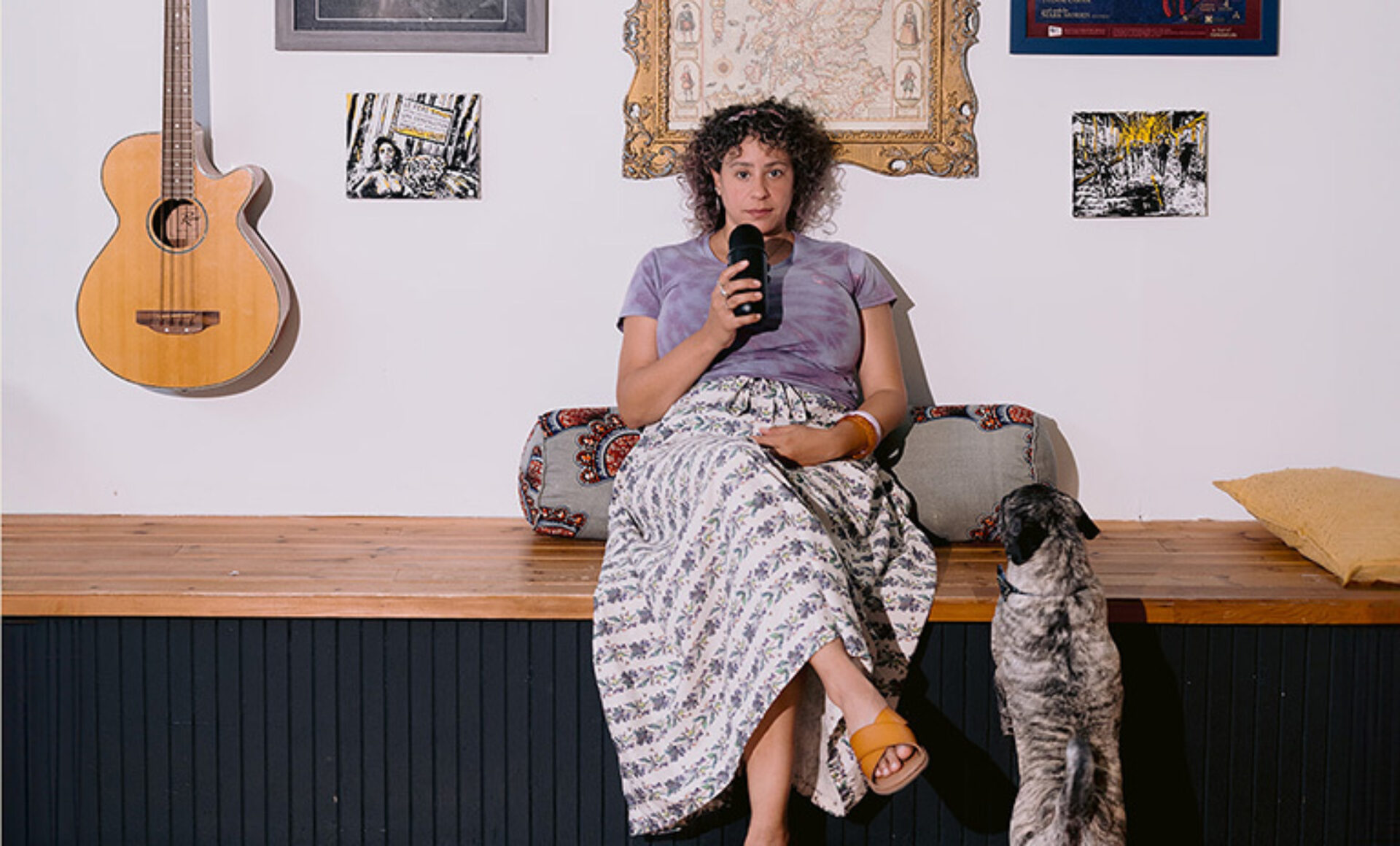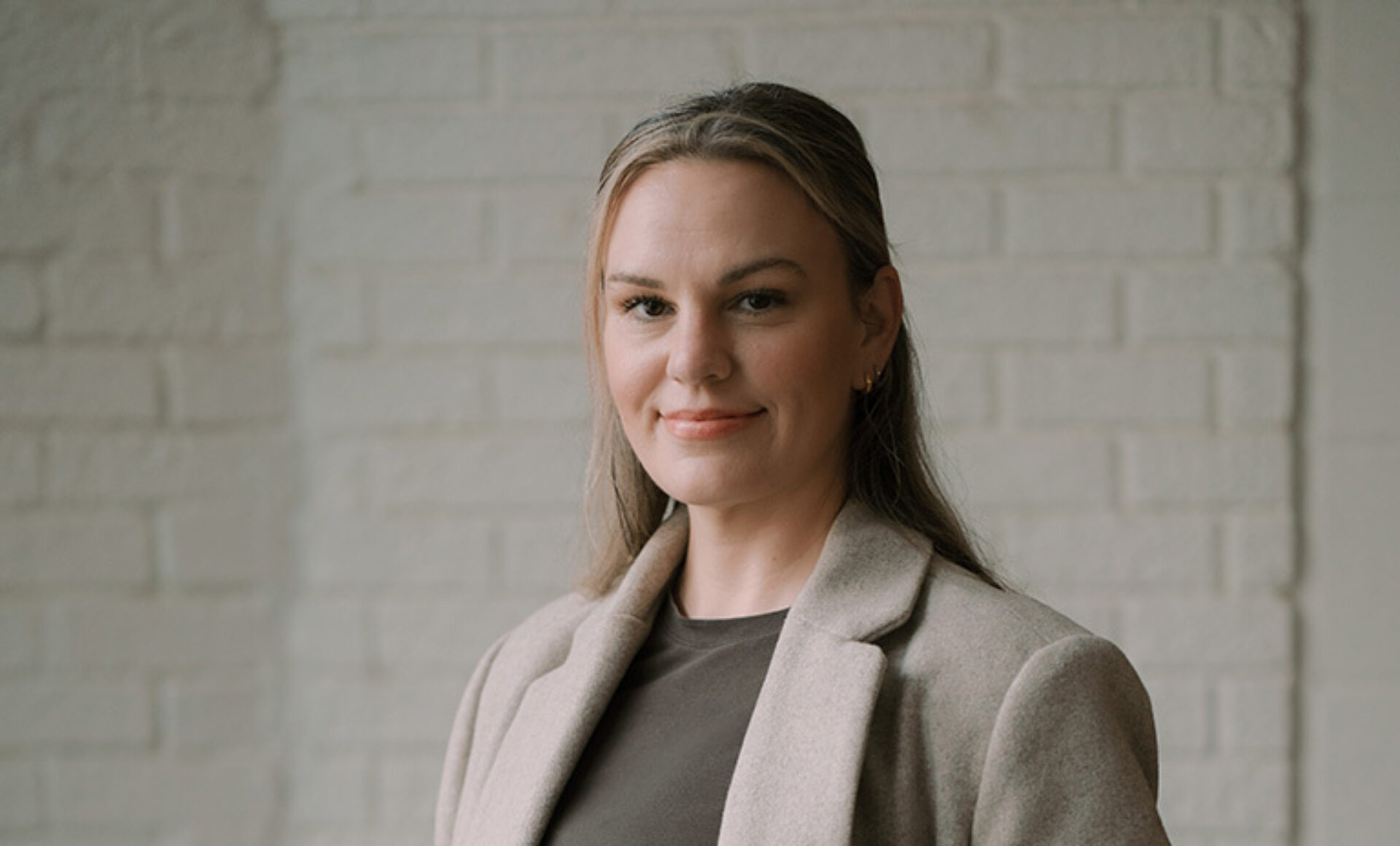Each May, IIDA pays tribute to the generations of Asian and Pacific Islanders (AAPI) who have enriched America's history and are instrumental in its future success—in design and beyond. This includes cultures from the entire Asian continent including East, Southeast and South Asia, and the Pacific Islands of Melanesia, Micronesia and Polynesia. Alvin Oei, IIDA, senior manager retail creative at Disney Parks, Experiences, and Products, and Angie Lee, FIIDA, vice president, head of interior design at Pembroke, share insights of their culture, traditions, and history in an effort to inspire, empower, and pave the way for future generations of creatives.
Tell us about the unique perspective and experiences that position Asian Americans and Pacific Islanders among those who have helped shape America’s history—especially considering contributions in design.
Alvin Oei: First, thank you for giving me this platform to talk about this as an Asian American. There is much more discussion and awareness now than there has been in previous years about what that means. These discussions are certainly a space to help us reflect because it means something different to everyone. To be honest, I had to do a lot of reflection when writing this because these were things I had not really thought about before. The early history of Asian immigrants in America was problematic to say the least but we’ve come such a very long way. However, that model minority myth still persists. It could be the reason why we hear less success stories about our contributions throughout history.
When I started in architecture, I read a lot about icons like I.M Pei and Maya Lin, and obviously those names stuck out because they were few and far between for Asians. For the longest time, I felt the world for Asian Americans was very small because we tend to hear less success stories about Asian Americans than our white counterparts. Then, I went to design school, where I learned about the broad spectrum of international design coming from changemakers like Issey Miyake, Nigo, Kenzō Takada, Vera Wang (a noticeable lack of Asian women). These men and women are not all of the Asian American designers and not in the architecture or interiors industry. There’s also design icons like Syd Mead and Tyrus Wong, famous for painting landscapes from “Bambi” in the 40’s. These are people you don’t hear about unless you already have interest in the creative fields and know where to look.
I am likely missing a lot of important people and will get slack for it, but my point is: we have a long way to go to get our history and contributions to design in America into curriculum, lectures, and design conversations. I think things are only going to continue to get better for Asian Americans, now that we have more visibility and have a growing platform. From my visibility, there is no shortage of Asian American talent today. I could write ten pages, if I were to cover all of the men and women currently leading in the creative industries. Luckily by the time my two-year old daughter gets into college, she’ll have plenty of Asian American designers to read about.

Angie Lee: The lens of an objective, outside observer is important as a designer can lose perspective once they are too close to a design problem. Experiencing space and the emotions one might feel from being welcomed and also the inverse of that, as many Asian Americans know, is a lever that is effective in balancing out group think. Asian Americans have helped shape this country from the foundational beginnings; it’s heartening to see this history brought out into the light.

Can you talk about the importance of diversity as a learning and growth opportunity?
AO: I spent the start of my career at an architectural firm in Los Angeles, working on local projects. During that time, my view of the world was small and the connections I formed were people from the same industry. Interestingly, most of the Asian Americans I encountered during those seven years were either technicians or plan checkers from the city. I didn’t think about it much because discussions around Asian Americans at the time didn’t really exist. So, the lack of Asian American representation around me was just the reality. To be fair, there were probably hundreds of Asian American activist groups but they didn’t really go viral on MySpace, did they? It was a different time and we had less visibility to what was happening outside circles that were not our own.
When I left that job and started ArtCenter to pursue a degree in environmental design (now called spatial experience design), my understanding of design was turned upside down when I was exposed to all of its different disciplines. From illustration, product design, transportation, to branding: my colleagues were global and everyone had a different point of view about their creative approach. Collectively, the energy pouring out of this creative think tank became the inspiration to push us to do more. This is because we learn most from people who are different from ourselves—their thought process may challenge our beliefs about the things we hold true, and through that understanding of the unfamiliar, we are able to form new ideas that we didn’t have before.
AL: Innovation relies on diversity, disruption, and, often, discomfort. Including fresh perspectives is critical to avoiding the trap of comfort zone thinking. Empowering people to embrace and seek diversity as a necessary measure to succeed in transcending the ordinary is probably one of the most reliable ways of differentiating both individuals and organizations.
What kind of progress do you see happening within the design industry and in what areas you would like to see further focus?
AO: There’s a lot of innovation around how we become more sustainable. However, when it comes to the most innovative approaches, many things are still in the research phase and aren’t ready to just be used commercially. I’ll get excited about a sustainable material I see from a material bank, only to discover it’s still being tested in a lab in the Netherlands. I think we have a lot of great discussions around it, but to put it into practice at scale is a different story and requires widespread collaboration among the entire industry.
With how quickly design projects move, cutting the sustainable elements would be the first to go because of significant extra costs that not every client is ok to pay for. Then, sourcing is obviously an issue if you can’t get it locally, or if it needs to be custom made. It’s an on-going discussion, and I am glad there is a lot of progress being made currently. I think it’s also great that the close collaborations between IIDA and Interface have yielded some promising discussions about what the future holds if we can all work together. Interface’s mission to reduce carbon has been put into action with their carpets and it’s already available for the market. I hope more vendors can catch up in a way that is also feasible.
AL: I am enjoying the maturing of the conversation within the design industry as it relates to more voices being accepted into the cultural dialogue. Both societally and organizationally, the most difficult and critical design problems of our time require sustained commitment to tackling challenges that are increasingly daunting and urgent. Climate change, equity, and intelligent design are areas I sincerely hope continues to migrate toward the center of as many targets in the future.






